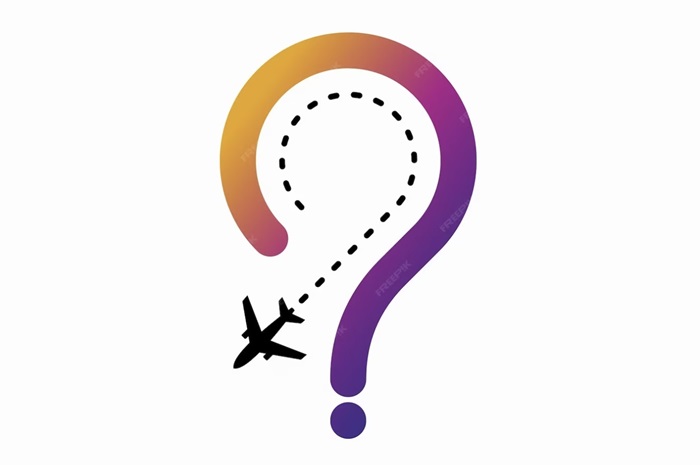The air transport industry faces several short-term challenges. These challenges may have evolved or been exacerbated since then due to unforeseen events (such as the COVID-19 pandemic) or changes in market dynamics. Here are some short-term challenges that is waiting for our industry:
Pandemic Recovery: The COVID-19 significantly disrupted air travel, leading to reduced passenger demand, flight cancellations, financial losses for airlines, and health and safety concerns. The industry is still working on recovery strategies, including adapting to staff and skill shortage, passenger demand and investment confidence.
Travel Restrictions and Security Threats: Governments around the world implemented various travel restrictions, including geopolitical tensions, and border closures, which had a direct impact on airline operations such as airspace access, and shrinking passenger volumes. Ongoing security threats and concerns require airlines to maintain high levels of security screening and vigilance.
Financial Stress: Airlines faced financial challenges due to reduced revenues and increased operational costs associated with volatile fuel prices and inflated staff payrolls. Many airlines needed government bailouts or financial support to survive the crisis. High interest rates in financial markets will continue to prevent new investments and growth targets.
Supply Chain Disruptions: Disruptions in the global supply chain affected the availability of aircraft parts, maintenance equipment, and other critical resources, potentially leading to maintenance delays and increased costs.
Crew and Workforce Shortages: The pandemic led to staffing challenges, with flight crews facing furloughs or layoffs. Airlines needed to manage crew availability, retrain employees, and ensure a skilled workforce for a rapid recovery.
Changing Travel Behavior: Passenger preferences and travel behavior shifted during the pandemic, with increased interest in leisure travel, remote working, and flexible schedules. Airlines are still adapting to these changing trends. Unfortunately, serious technical malfunctions such as the fatal accident in Japan at the beginning of the year and the door blowing off during a flight will negatively affect passengers’ flight preferences.
Environmental Regulations: Increasing emphasis on sustainability and environmental regulations challenged airlines to reduce emissions, invest in more fuel-efficient aircraft, and explore sustainable aviation fuels (SAFs).
Capacity Management: Managing capacity, flight schedules, and the allocation of resources in response to changing demand and travel restrictions presented logistical challenges. Since there are more newly delivered aircraft than discarded aircraft, it will be difficult to find a place to perform maintenance. On the other hand, delays in new aircraft orders will also cause difficulties in adjusting capacity.
It’s important to note that the air transport industry is highly dynamic, and new challenges can emerge rapidly. The ability of airlines and the industry as a whole to adapt to these challenges will be crucial for their short-term and long-term success.
